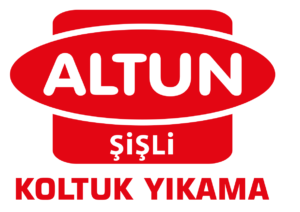Metamask: In which language should i write my deployment code Javascript or Solidity
Choosing the Right Language for Implementing Smart Contracts: A Guide
Smart contracts are self-executing programs that run on the blockchain, and implementing them is just as important as creating them. Two popular frameworks for creating smart contracts are Ethereum’s Solidity (using Foundry) and JavaScript. In this article, we’ll take a look at when to choose a language, what to learn, and what trends are shaping the current landscape.
When to Choose Solidity (Foundry)
Solidity is a statically typed language specifically designed for creating smart contracts on the Ethereum blockchain. Here are a few reasons why you might want to use it:
- Native Support: Foundry provides native support for Solidity, making it easy to get started and deploy a contract.
- Integration with Other Tools
: Foundry integrates well with other tools like Truffle and Hardhat, making the development process easier to manage.
- Community Support: The Ethereum community actively participates in the development and maintenance of the Foundry ecosystem.
However, it is important to note that Solidity has some performance limitations. It is a relatively low-level language, which means that it can be slower than other programming languages, such as JavaScript.
When to Choose JavaScript
JavaScript is a dynamically typed language that can be used to create smart contracts on Ethereum and other blockchain platforms. Here are some reasons why you might prefer to use JavaScript:
- Performance: JavaScript can be faster than Solidity due to its dynamic typing, which allows for performance optimization.
- Cross-platform Compatibility: JavaScript is supported by most popular blockchain platforms, including Ethereum, Binance Smart Chain, and Polkadot.
However, JavaScript has some limitations when it comes to creating smart contracts. It doesn’t natively support the Ethereum Virtual Machine (EVM), which means you’ll need to use a third-party library or framework like Truffle to run a contract on the blockchain.
What to Learn:
Whether you choose Solidity or JavaScript, here are some basic skills you should acquire:
- Solidity Fundamentals: Familiarize yourself with Solidity syntax, variables, functions, and control structures.
- Ethereum-Specific Knowledge: Understand how to use Foundry features like contracts, implementers, and deployments.
- Blockchain Development Fundamentals: Learn about blockchain architecture, consensus mechanisms, and security best practices.
Trends Shaping the Current Landscape
- Foundry Maturity: The Foundry ecosystem is mature, has a large community, and is actively supported by the Ethereum team.
- The Rise of JavaScript-Based Platforms: JavaScript is gaining ground in the smart contract space, with projects like Chainlink and Near Protocol showing its potential.
- The Growing Importance of Security

: Smart contract development is becoming increasingly important for the security of blockchain applications.
In summary, choosing the right language to implement smart contracts depends on your specific needs and goals. While Solidity (Foundry) offers native support and integration with other tools, JavaScript provides a performance advantage. Regardless of which language you choose, learning the basics of Solidity and Ethereum-specific knowledge is essential to getting started with smart contract development.
Additional Resources:
- Ethereum.org: Official Ethereum smart contract documentation
- Foundry.io: Foundry project website
- Truffle Suite: Truffle project documentation
- Chainlink Academy: Official Chainlink educational materials
With this guide and by keeping up with the latest trends, you will be well on your way to becoming a competent smart contract developer.
